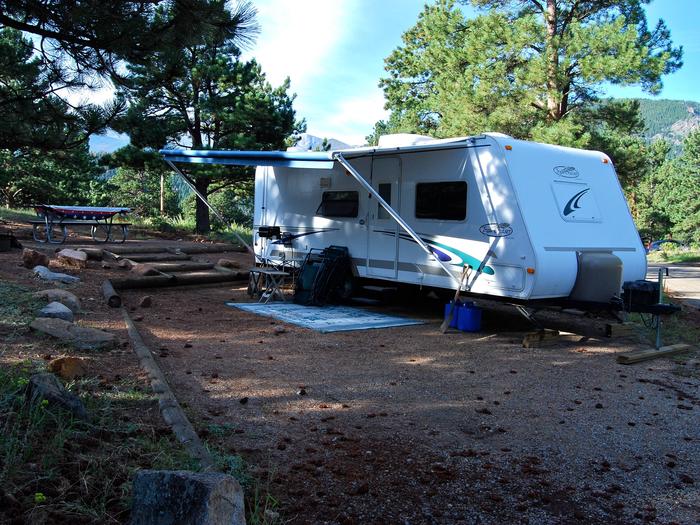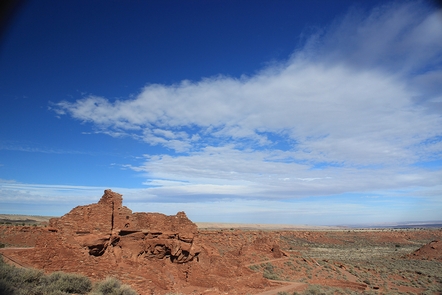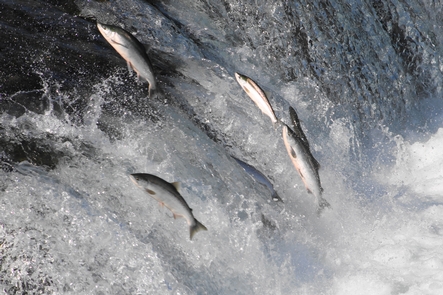Directions
Savannah NWR is located on SC 170, six miles south of Hardeeville, South Carolina via US 17 (exit 5 off I-95) or one mile north of Port Wentworth, Georgia on GA 25/SC 170 (take I-95 Exit 109 to GA 21 South, then east on GA 30 to GA 25 North).
Phone
912-652-4415
Activities
AUTO TOURING, BOATING, INTERPRETIVE PROGRAMS, FISHING, HIKING, HUNTING
Camping Reservations
Reserve your campsite at these camping areas:
Hiking Trails
Looking for nice hiking areas to take a hike? Choose from these scenic hiking trails:
Related Link(s)
More South Carolina Recreation Areas
Savannah NWR, which lies on both the South Carolina and Georgia sides of the Savannah River just upriver from the city of Savannah, Georgia, was established April 6, 1927. The refuge 28,168 acres include bottomland hardwoods and tidal freshwater marsh. A 3,000 acre fringe area of upland hardwoods exists along the eastern boundary. An additional 3,000 acres forming an impoundment system are managed for migratory wading birds and waterfowl. These freshwater impoundments were formerly the rice fields of plantations dating back to the mid or late 1700’s. Many of the dikes enclosing these pools were originally built during the rice culture era. The refuge is home to a large variety of wildlife including: ducks, geese, wading birds, shorebirds and several endangered and/or threatened species including bald eagles, wood storks, manatees and shortnose sturgeon. The refuge also provides nesting areas for wood ducks, great horned owls, bald eagles, osprey and swallow-tailed kites among others. Motorists are welcome on the Laurel Hill Wildlife Drive, off of S.C. 170, which meanders along four miles of earthen dikes through the managed freshwater pools and hardwood hammocks. During the spring and fall, you will usually see many alligators sunning themselves on the banks of waterways, along with an assortment of wading birds. During the winter months, waterfowl and other migratory birds are visible in the impoundment system.





